
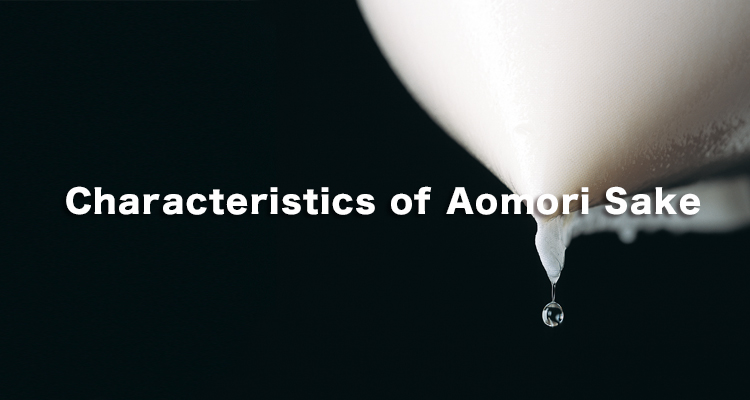
Characteristics of Aomori Sake
From Suisho Tsugaru Jizake Kai
(Tsugaru Local Sake Association)
"Many Aomori sake have a strong flavor that can't be beaten by deeply seasoned dishes." Kanemitsu Yamaya is a habitual drinker who enjoys about 200 types of sake per a year. He is also the chairman of "Tsugaru Local Sake Association", which has about 130 members inside and out Aomori Prefecture. The association was established in 1991 as a study group for liquor stores to learn about sake produced in Aomori Prefecture, but now most of the members are general consumers who love sake, and Kanemitsu is also one of them. "Tsugaru and the southern part of the prefecture use slightly different varieties of sake rice, which is reflected in the difference in taste." According to Kanemitsu, they also use a lot of sake rice such as ‘Hana-hubuki’ and ‘Hana-omoi’ in the Tsugaru region, ‘Masshigura’ and ‘Gin-eboshi’ in the Nambu part of the prefecture. It is said that Tsugaru sake tends to have rich taste and sake from the Nambu part of the prefecture tends to have sharp taste. “Local brew cram school” and " Sake tasting meeting " are associations where you can learn various things related to sake. And the "Tsugaru Jizake Awards" where they pick the grand prizes of 7 categories from Honjozo to Junmai daiginjo for commercial sake in a completely blind tasting. "Aomori sake had never disappointed me even once.” Kanemitsu added.
*Suisho Tsugaru Jizake Kai*
Staff Office / Maeda shurui shokuhin hanbai Co., Ltd.
Address / 113 Watokumachi, Hirosaki-shi,
Aomori-ken 036-6655 Japan
Tel / 0172-35-6655
Facebook
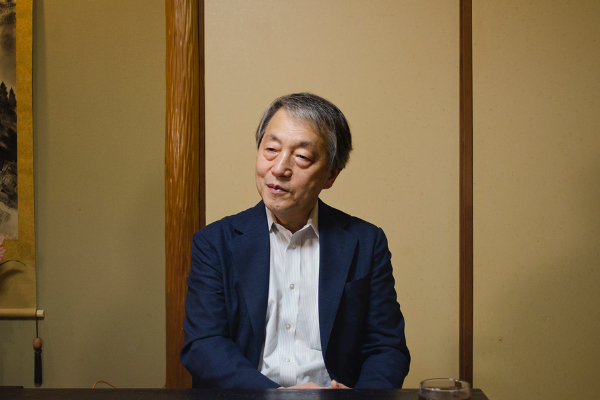
Kanemitsu Yamaya, the chairman of "Tsugaru Local Sake Association"
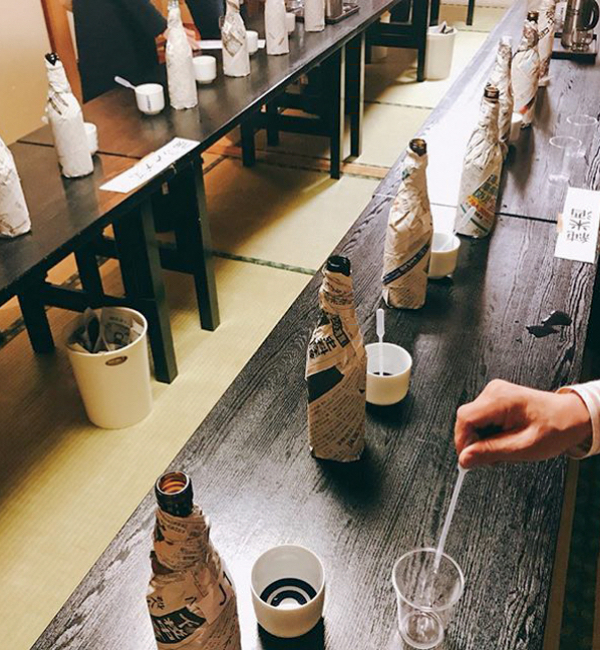
Tsugaru Jizake Awards 2019
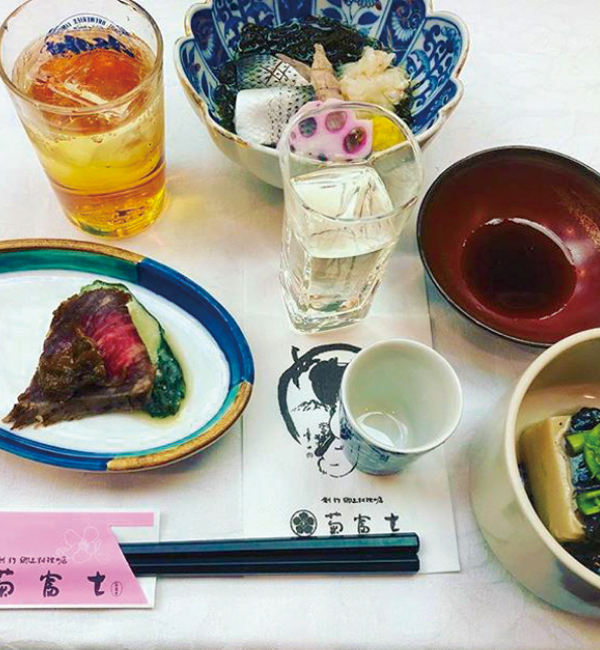
Tsugaru Jizake meeting 2018 at Hirosaki Plaza Hotel
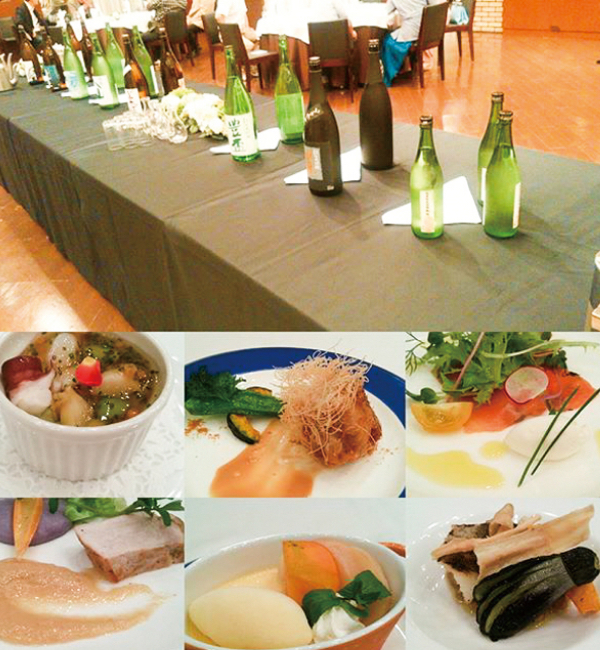
3rd " Sake tasting meeting " 2019 at Local-dish Restaurant Kiku Fuji
From Washu Joshi
"It is said that most sake from Aomori have a clear taste. I would say this refreshing feature fits very good with various foods in Aomori prefecture." Kaori Noro is the representative of "Washu Joshi ", a group of women who are interested in sake and Towada City. Since its start as an organizer of sake brewery tourism from women's perspective in 2013, Washu Joshi has been planning and developing original brand products with the cooperation of local sake breweries and holding workshops for women outside the prefecture. According to Kaori, slow fermentation thanks to cold winter has big impact on characteristic features on Aomori sake. It goes well with not only Japanese food but also with Western cuisine such as French and Chinese. And it is also attractive that you can enjoy changes in temperature such as cold sake and hot sake even with the same brand. "There are many sake breweries in Aomori that have been around since the Edo period, and they are evolving day by day with respect for history of sake brewing. “I hope sake will become even more diverse and familiar to as many people as possible." In recent years, unique sake using stylishly designed labels and sake with wine yeast has also appeared. And it is attracting more and more attention from younger generations and women.
*Facebook
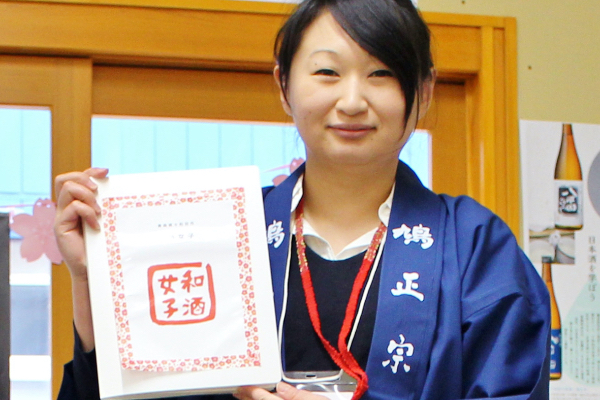
Kaori Noro, president of Washu Joshi
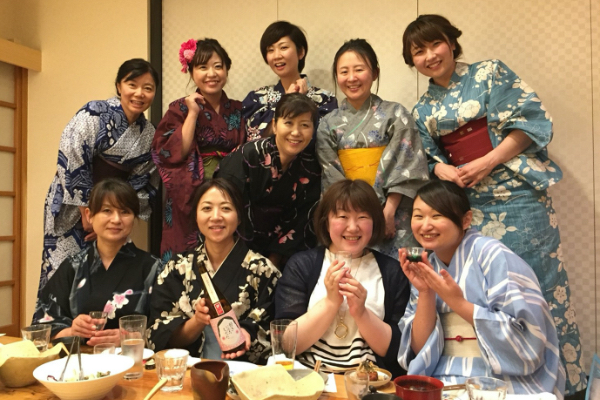
Yukata sake party
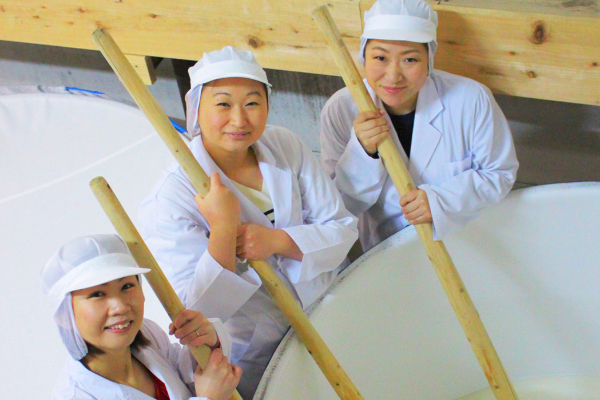
Preparation for making their original sake “Suki ni nacchatta”, means “accidentally in love”
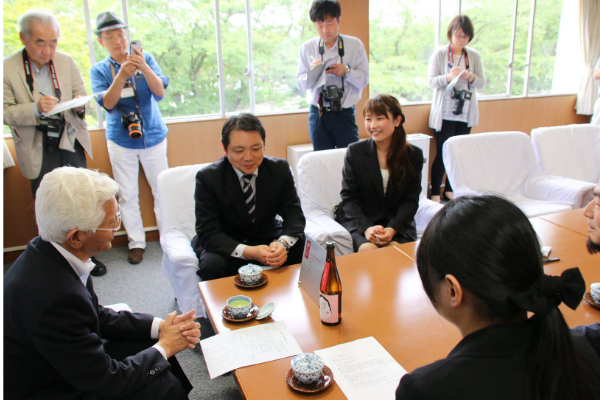
Suki ni nacchatta have won IF Design Awards 2017. The guy in the middle, Takumi Sato, is toji of Hato Masamune brewery.
Nihonshu-do, Acidity
The taste of sake is composed of various elements such as sweetness, sourness, dryness, bitterness, astringency, umami, and richness. When it comes to choosing sake, figures such as Nihonshu-do, also known as sake meter value (SMV), and acidity can be visible hints. SMV is an index showing density of sake by scaling weight compared to water. The more extract such as sugar in it, the heavier it gets. With heavier weight, it shows negative (-). And with lighter weight, it shows positive (+). Therefore negative (-) for dry sake, and positive (+) for sweet sake.
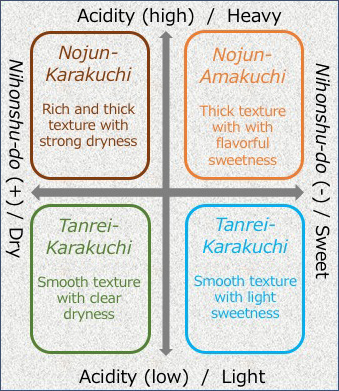
classification of sake by acidity and nihonsyu-do

